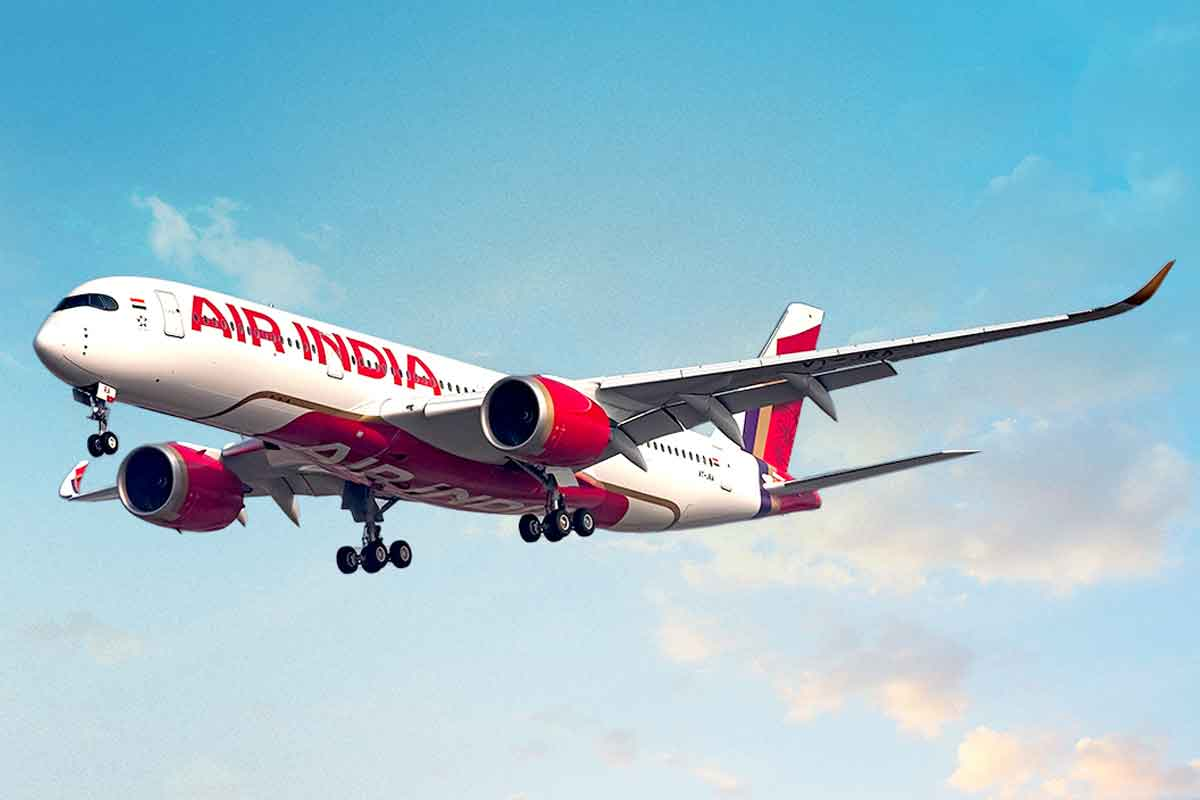The Airbus A320neo and Boeing 737-Max are the future of narrowbody aviation; perfect for short-to-medium hall routes, these two aircraft dominate the skies as the backbone of most modern airlines' fleets (exceptions like emirates apart).
Advantages of Such Aircraft:
- Highly reliable and fuel efficient.
- Optimised for high-frequency routes.
- Perfect for short-to-medium hall routes.
- Now can be used for some transatlantic long-haul routes with LR versions (See this post)
- Short turnaround time
- Lower maintenance costs
Overview: B737 Max & A320neo:
The A320 neo and the 737 Max were both designed to replace their older, less efficient counterparts.
A320neo: Introduced in 2016 as an upgrade to the A320ceo, offering multiple engine options and better fuel savings.
B737 Max: Deliveries began in 2017, evolved from the original 737 series with upgraded engines and avionics.
Seating Capacity:
A320 neo: In a typical, two-class configuration, it can hold 150-180 passengers. In a high-density configuration, it can hold ~194 seats.
B737 Max: In a typical, two-class configuration, it can hold ~162 passengers. In a high-density configuration, it can hold up to 210 seats.
Size Comparison:
| Dimension |
Airbus A320neo |
Boeing 737 MAX 8 |
| Fuselage Length |
37.57 meters |
39.52 meters |
| Wingspan |
35.80 meters |
35.90 meters |
| Fuselage Width |
3.95 meters |
3.76 meters |
| Cabin Width |
3.70 meters |
3.54 meters |
| Height |
11.76 meters |
12.30 meters |
| Typical Door Configuration |
4 main doors + 2 overwing exits |
4 main doors + 2 overwing exits |
Fuel Efficiency:
A320 neo: Approximately 2.4L per 100 passenger-kilometre. Uses a Pratt & Whitney PW1100G or CFM LEAP-1A engines.
B737 Max: Approximately 2.6L per 100 passenger-kilometre. Uses the CFM Leap-1B engine.
Both deliver ~15-20% better fuel efficiency over older models, but the A320 neo edges ahead.
Range:
A320 neo: ~6,300km
B737 Max: ~6,570km
The 737 Max edges slightly ahead by range.
Safety Comparison:
737 Max: Has had several fatal accidents accredited to Boeing's cost-cutting and design issues.
It was grounded globally for 20months in 2018-19.
A320neo: It has not suffered any fatal accidents.
As a result, the A320 neo holds stronger trust in public perception.
Market Prescence:
737 Max: Around 7,000 orders.
A320 neo: Around 10,000 orders.
Airlines such as RyanAir and Akasa Air exclusively operate the 737 Max. Airlines such as Indigo and Air India have hundreds of A320 neos each.
Production Time and Cost:
A320neo: 6-9 months per aircraft with a cost of approximately 110,000,000 USD.
B737 Max: 9-12 months per aircraft and an approximate cost of 106,000,000 USD.
Note that the cost gap is narrow; actual airlines' purchase prices depend on volume discounts.
A320 neo: Wider and noticeably quieter cabins for those aircraft equipped with the Pratt & Whitney engine option.
737 Max: Offers ambient lighting and modern aesthetics. Seats are a bit narrower, and the cabin is a bit louder.
Conclusion:
In conclusion, once you weight all the facts, the A320neo is generally the preference due to its clean safety record, cabin comfort, and engine options. Although the Boeing 737 Max offers better range, a sleek and modern cabin, and higher-density seating options, its safety concerns and grounding are a major deterrence to both airlines and passengers alike.







Comments
Post a Comment